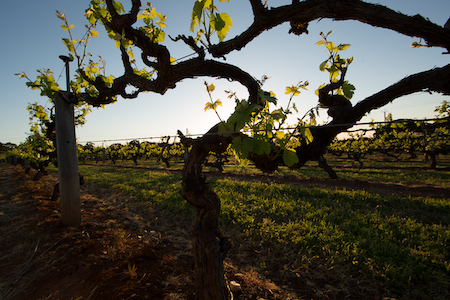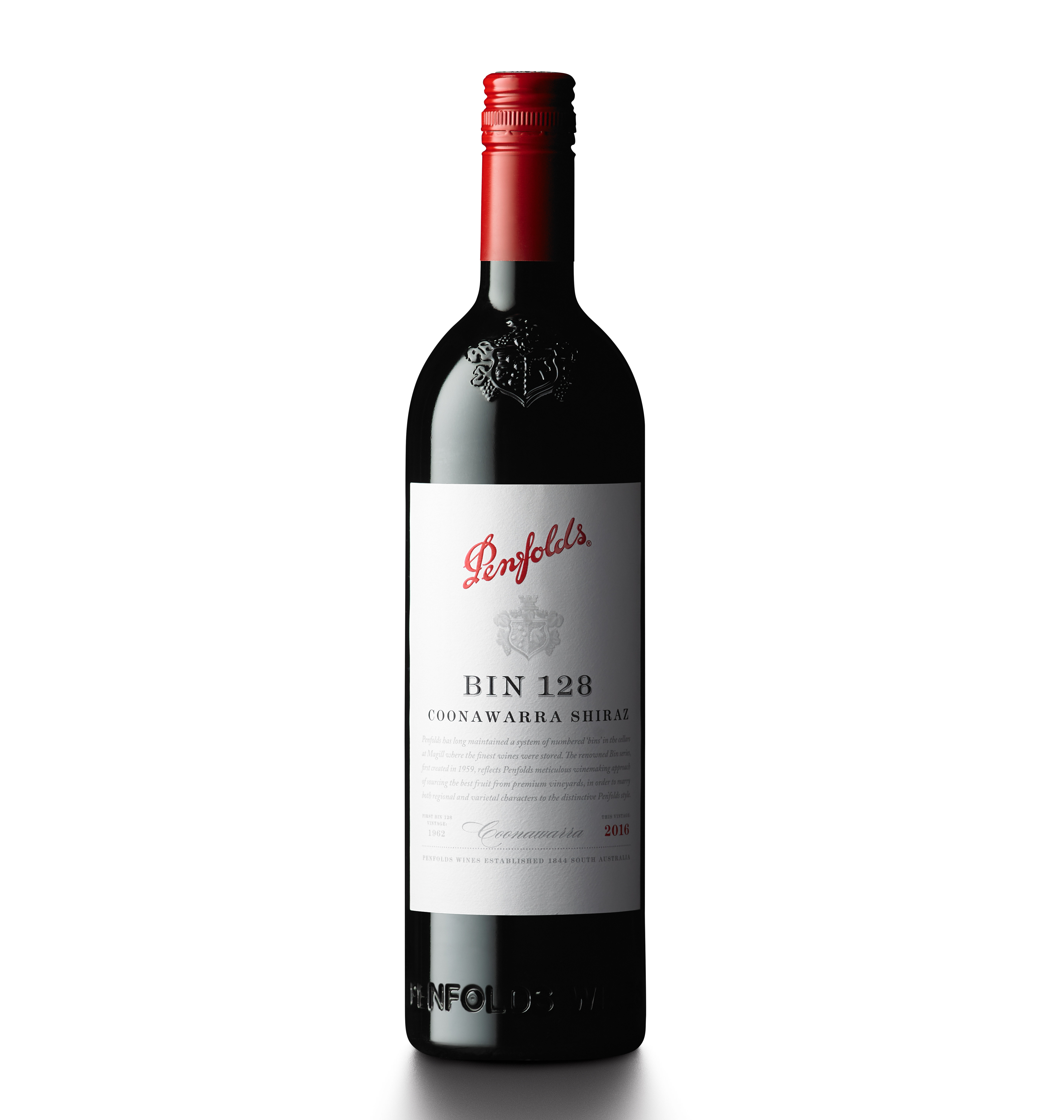Plenty of quality wines to report on for this year’s global release of Penfolds’ top wines in late August in Melbourne, and, as always, the staggered vintages that span – 2014 to 2018 – this year sway the scores in different directions. Both whites and reds have much to offer and the core set of releases from vintage 2016 (11 of the total 17 wines) are a strong centerpiece of the show.
One wine you need to know about in this year’s Penfolds Collection is Penfolds Bin 169 Coonawarra Cabernet Sauvignon, vintage 2016. This is the unequivocal star of the line-up and a wine that tips the scales further towards cabernet for Penfolds: a move this brand will no doubt welcome given the significance of cabernet-centric markets like China and the United States to this leading Australian wine brand.

Magill Estate Vineyard
The other wine that I’d be racing to secure is the 2016 Bin 389 Cabernet Shiraz, a wine that has been elevated in the range to now command significantly higher price points and a wine that feels as if it is being given a leg up in terms of better quality fruit sourcing in the last two releases. It is the personality of this early, flamboyant vintage that plays into the natural swagger of this bolder red and this release has an alluringly powerful yet silky palate with a beautifully polished finish. It will age superbly.
The 2014 Grange is the product of a more varied harvest in South Australia (where all fruit for this wine is sourced) and it is interestingly the first Grange to include grapes from the Wrattonbully region on the Limestone Coast in South Australia. The wine is more savory than usual and the typically powerful richness of Grange fruit is tightly wrapped for now. This will need time to fully prove itself. I’d recommend leaving this until at least 2025. The seductive puppy fat and flesh is not showing in this wine at the moment, but the bones are indeed very strong. Be patient.
“Both whites and reds have much to offer and the core set of releases from vintage 2016 are a strong centerpiece”
Bin 707 2016 also emanates significant structural prowess, the tannin profile is assuredly powerful and attractively chewy but, like Grange 2014, best to lay it to rest. This is a wine that always looks better when older as the overtness of the 100 percent new American oak influence dips and melds into reliably rich cabernet fruits. The 2016 Bin 707 wine is also distinctively inky. In appearance it is pitch black and the nose has a strong iodine, nori and Indian ink edge that will develop attractively over time.

The Bin 128 Coonawarra Shiraz continues along its journey of improved quality.
The powerful 2016 Bin 150 Marananga Shiraz managed to harness plenty of fruit impact and gives a clue to the style of Grange that we might expect from this vintage when it is released in 2020. For now the 2016 Bin 150 delivers the most handsomely powerful and attractive rugged red of this year’s collection, packed with bold, and ripe dark fruits with deep-set power driving a long finish. For all this power, it feels almost effortless with such balance.
The Bin 128 Coonawarra Shiraz continues along its journey of improved quality and really hits the mark with a wine that delivers attractive complexity and youthful appeal. The Coonawarra region experienced an above-average heat summation in 2016 and the mild late summer conditions allowed grapes to really gather depth on the vine. It delivers a delicious mix of power and elegance and will age very well for two decades if you are game. Coonawarra has delivered beautifully here.
And finally the dueling duo of chardonnay wines are once again fascinating and of extremely high quality with the 2017 Adelaide Hills Reserve Bin A just beating the 2016 Bin 144 Yattarna by a single point in my scoring. 2017 was a strikingly great vintage for chardonnay in the Adelaide Hills and it will be interesting to see what role fruit from this region will play in the 2017 Yattarna, which is due for release next year. This pair of leading chardonnay wines is well worthy of collecting and are bastions of the prowess of modern Australian chardonnay. Open them alongside good white Burgundy and taste them blind. You will be pleasantly surprised! — Nick Stock, Senior Editor

